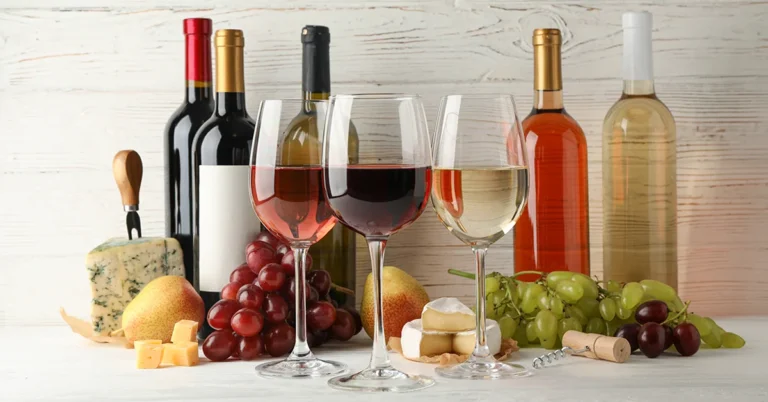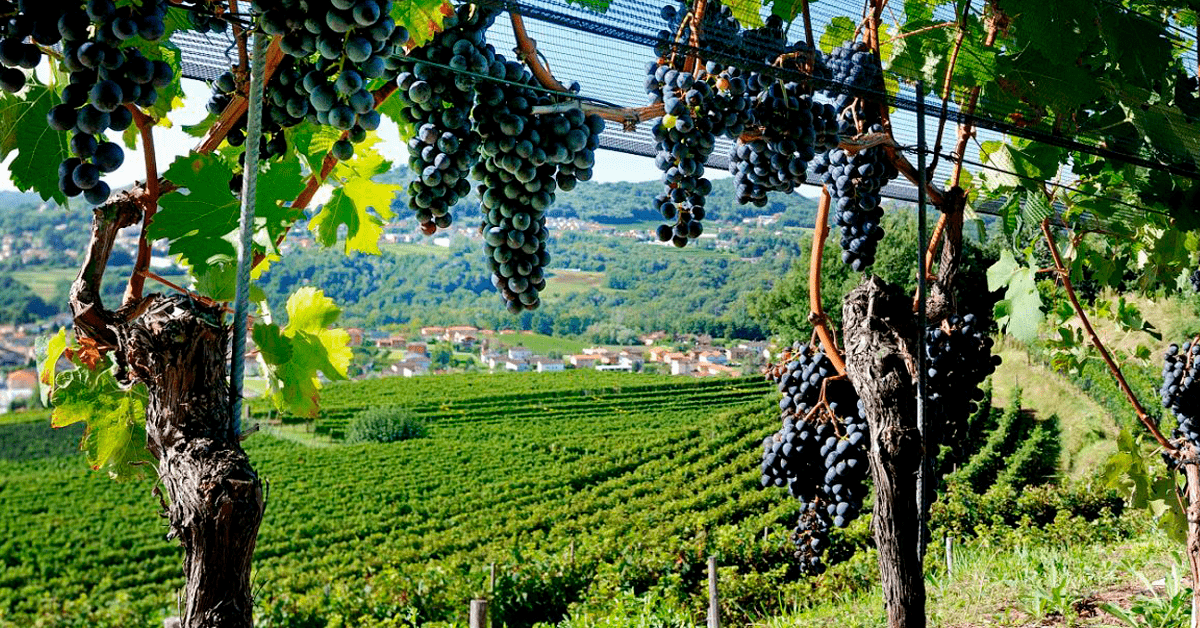
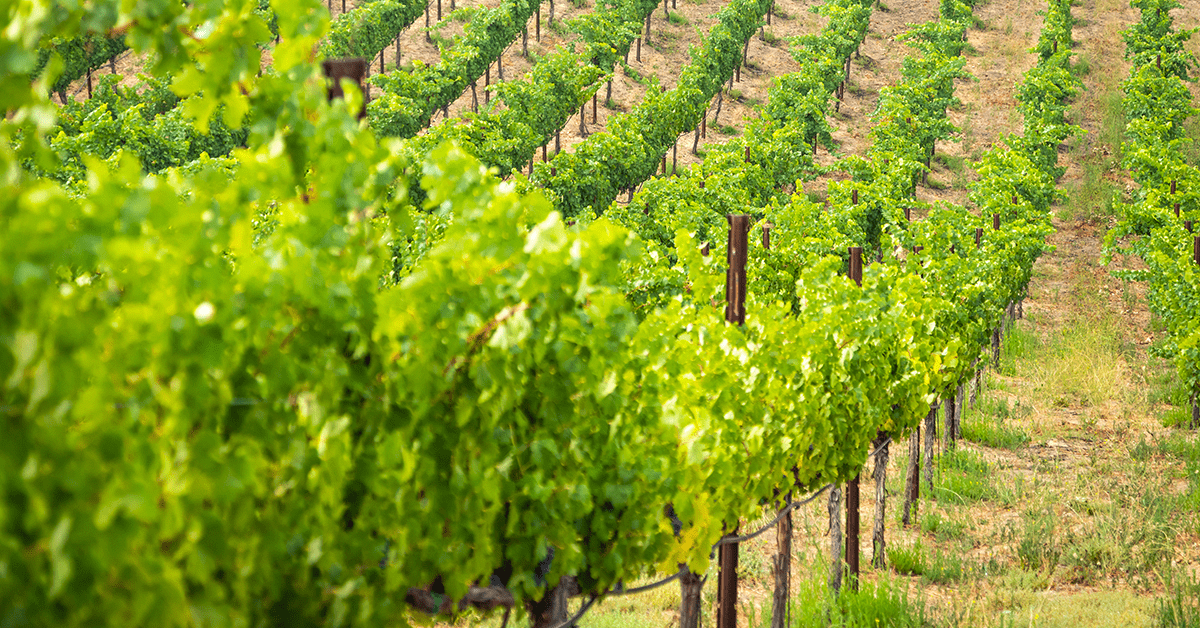
History and Origins
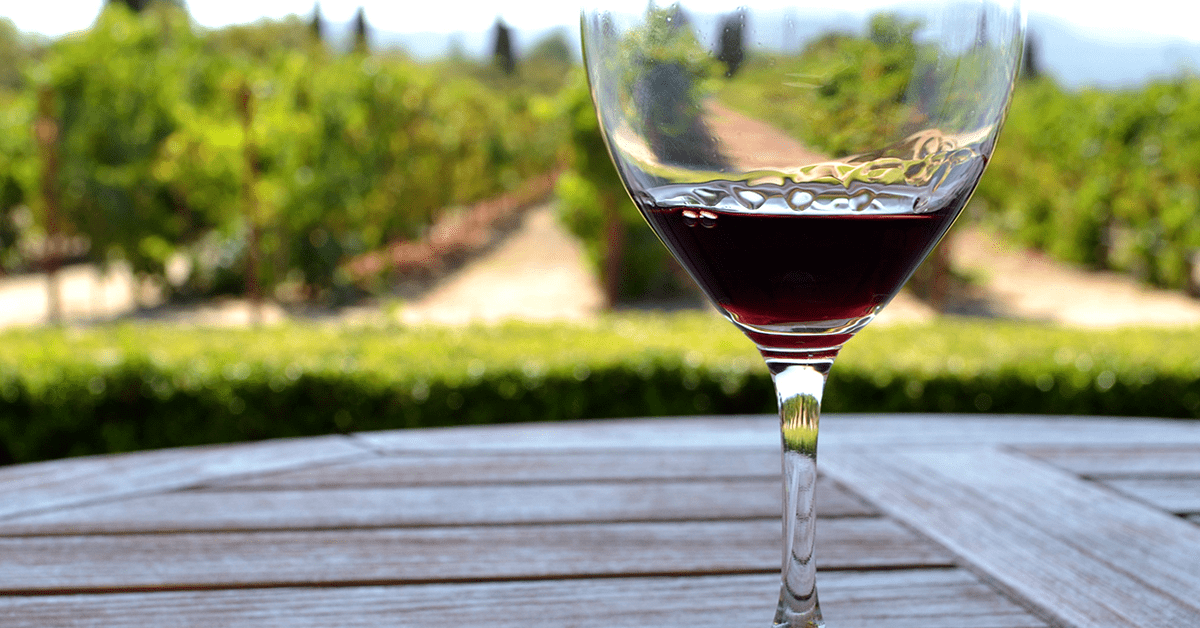
Characteristics
The Merlot grape is known for its early ripening, which contributes to its signature soft, rounded flavours. The wine it produces is typically medium to full-bodied with moderate acidity and tannins, creating a smooth, velvety mouthfeel. Flavours range from red fruits like cherries and raspberries in cooler climates to darker fruits like plums and blackberries in warmer regions. Herbal, floral, and earthy notes can also be present, adding complexity to the wine’s profile. This balance of fruitiness and soft texture makes Merlot both approachable and versatile.
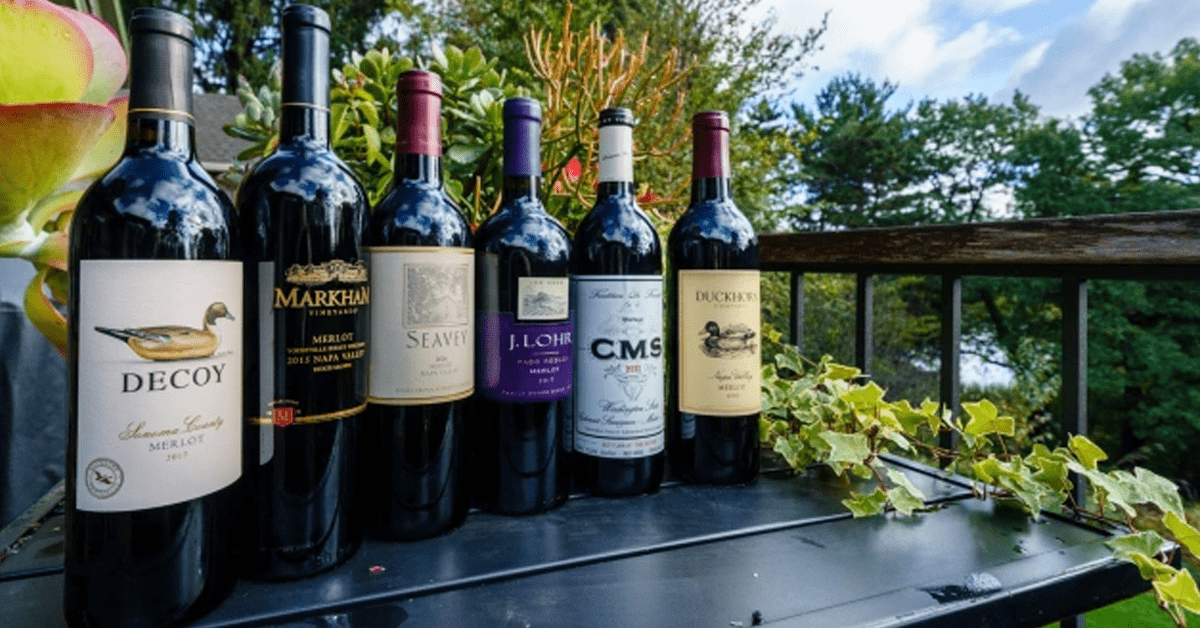
Varietal Expression
The expression of Merlot varies significantly depending on the climate and terroir. In cooler climates, such as Bordeaux or Washington State, Merlot tends to exhibit more structure and acidity, with prominent red fruit and earthy notes, and a firmer tannic backbone. In contrast, warmer climates like California and Australia yield Merlot with higher alcohol content, fuller body, and richer, riper fruit flavours. These regional differences highlight Merlot’s adaptability and the skill of winemakers in showcasing the grape’s diverse potential.
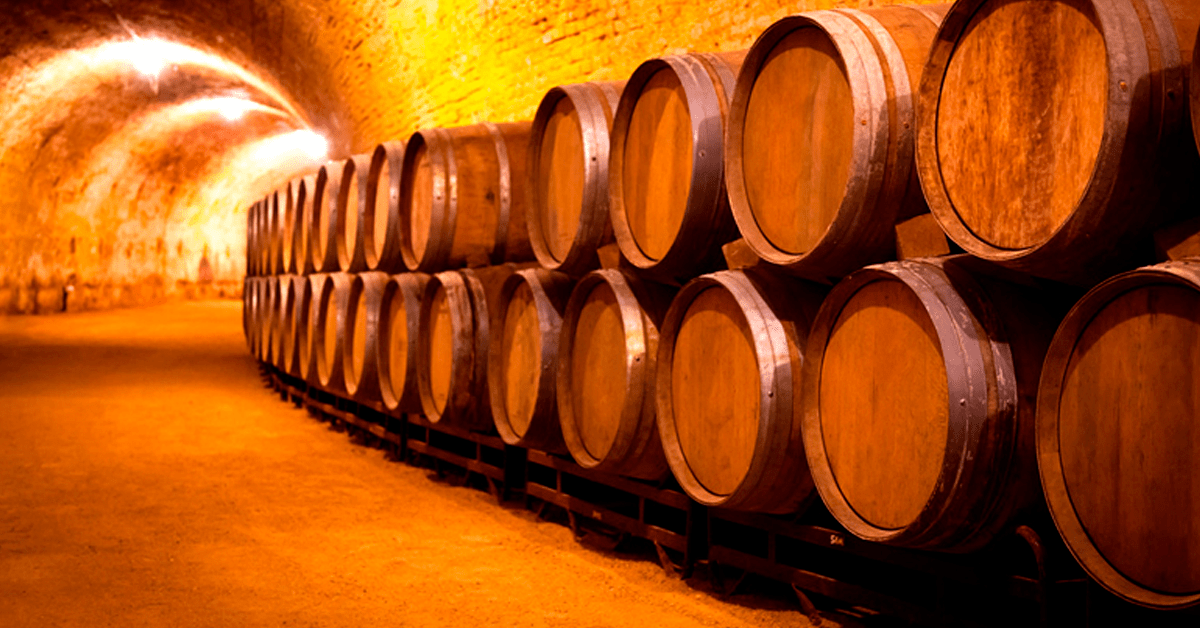
Winemaking
Merlot’s winemaking process greatly influences its final flavour profile. Decisions regarding fermentation temperature, duration, and the use of oak ageing are pivotal. Oak ageing, for instance, can add layers of complexity, imparting notes of vanilla, spice, and toast. Winemakers also decide on blending Merlot with other varietals, often to enhance its body or complexity. Despite these variations, the goal is often to maintain Merlot’s characteristic smoothness and approachable tannin structure, making it a beloved choice among a broad range of wine enthusiasts.
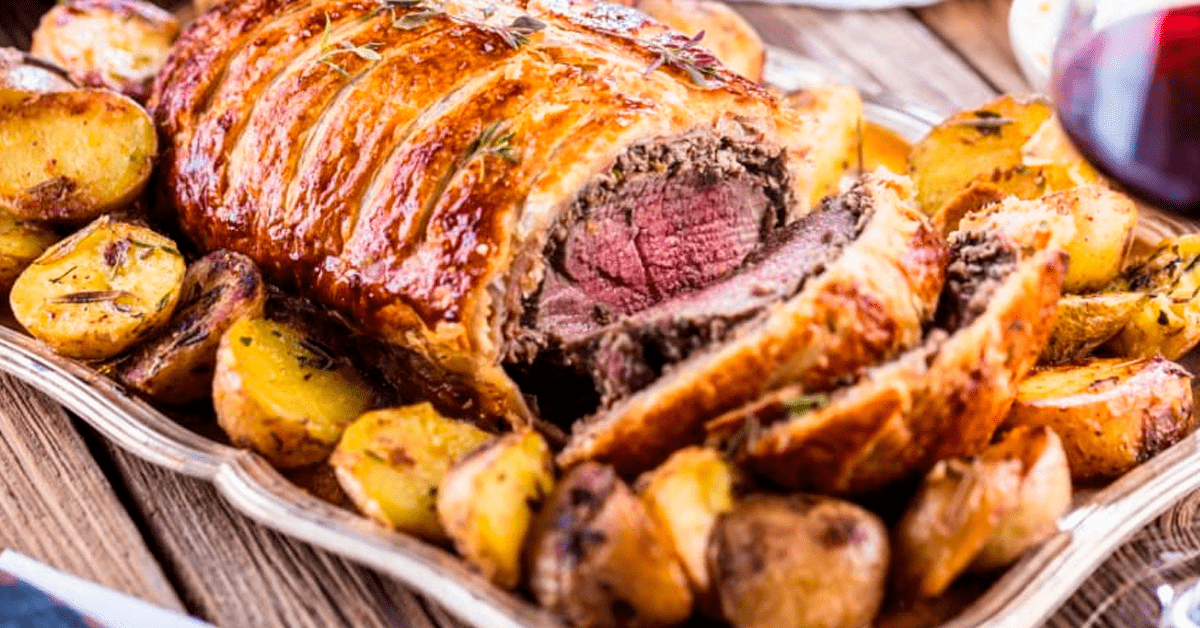
Food Pairings
Merlot’s food pairing versatility is remarkable. Its balanced nature makes it an excellent companion for a wide array of dishes. Lighter styles of Merlot pair well with poultry and light sauces, while richer, more tannic versions complement red meats, game, and dishes with heavier sauces. The wine’s fruity notes can beautifully balance the flavours in grilled vegetables and earthy dishes. Its approachability also makes it a great choice for diverse cuisines, from classic French to spicy Asian dishes, highlighting its adaptability in the culinary world.
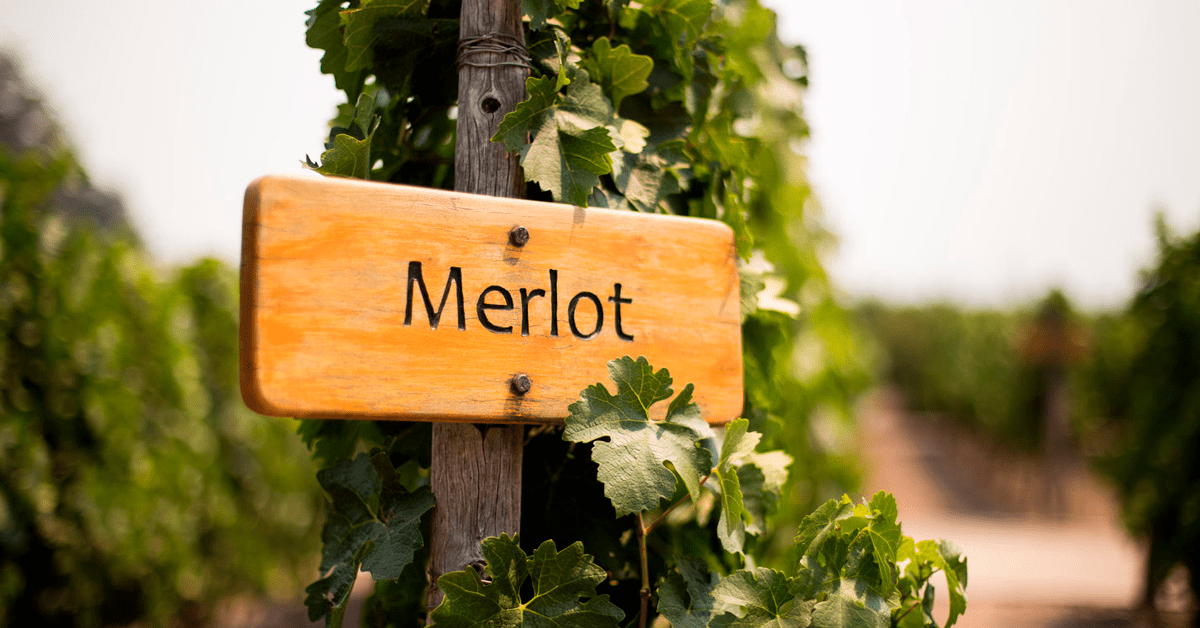
Regions
Beyond its Bordeaux homeland, Merlot thrives in various global regions. In California, especially in Napa and Sonoma, Merlot produces lush, fruit-forward wines with a velvety texture. Italy’s Merlots, particularly from the Friuli and Tuscany regions, are known for their elegance and complexity. Chile’s cooler regions yield bright, lively Merlots, while in Washington State, the wines show a balance of fruit and structure, reflecting the unique terroir. These regions exemplify the grape’s versatility and the diverse expressions it can achieve worldwide.
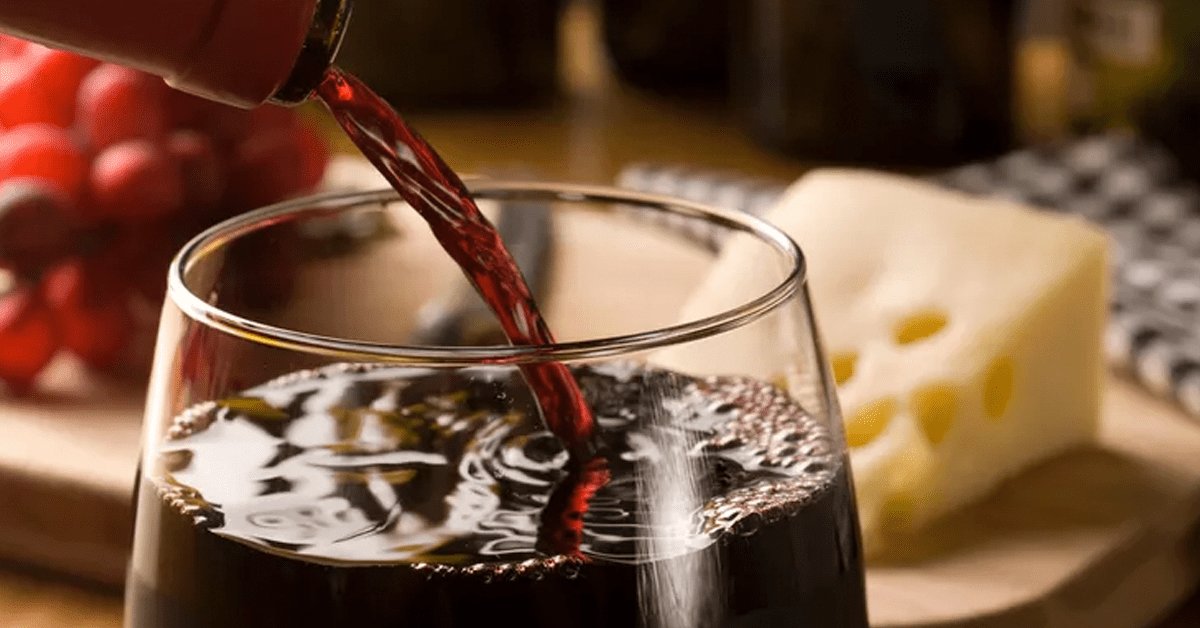
Popularity and Market Trends
Merlot’s popularity has seen fluctuations over the years. The 1990s marked a high point, with Merlot becoming immensely popular due to its approachable style. However, its image suffered a setback following the 2004 film “Sideways,” which humorously critiqued the varietal. Despite this, Merlot has seen a resurgence, as both consumers and winemakers have rediscovered its quality and versatility. Today, Merlot enjoys a stable, respected position in the wine market, appreciated for its smoothness, variety, and the excellent value it often represents.
Each of these aspects contributes to Merlot’s standing as a beloved and diverse wine, offering a range of styles and experiences to suit various tastes and occasions.
Final Thoughts
Merlot’s journey through the tapestry of wine history and culture underscores its resilience and adaptability. From its roots in the esteemed vineyards of Bordeaux to its widespread cultivation across the globe, Merlot has consistently demonstrated its capacity to delight and surprise wine enthusiasts. Its versatility in the vineyard and the winery allows for a remarkable array of styles, from the elegantly structured Old World renditions to the lush, fruit-forward profiles found in New World regions.
This adaptability extends to the dining table, where Merlot’s food-friendly nature makes it a favoured choice for pairing with a wide range of cuisines. Its approachability, characterised by softer tannins and a generally smoother profile compared to some of its red wine counterparts, has cemented its status as a gateway for those venturing into the world of red wines. Yet, its complexity and depth also ensure that it holds a place in the cellars of the more seasoned connoisseurs.
The fluctuations in Merlot’s popularity, particularly its recent revival, are a testament to the wine’s enduring appeal. It reminds us that trends in wine, as in all aspects of culture, are cyclical and subject to change. Today, Merlot stands not in the shadow of its past perceptions but as a varietal celebrated for its intrinsic qualities and the diverse expressions it offers.
In conclusion, Merlot’s story is one of transformation and rediscovery. Its ability to adapt to different terroirs and winemaking techniques, coupled with its inherent approachability, ensures that it will remain a beloved choice for many years to come. Whether enjoyed in its pure varietal form or as part of a blend, Merlot continues to offer a unique and satisfying experience to wine lovers around the world.




